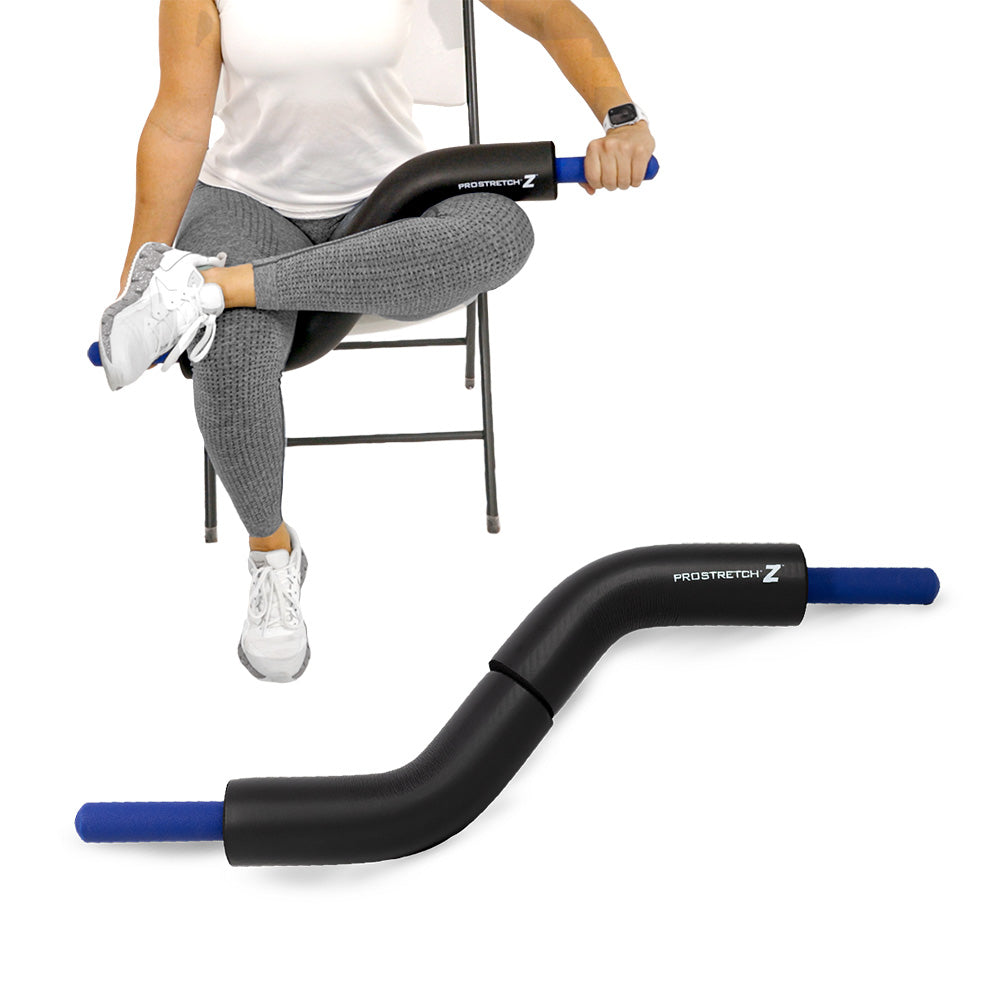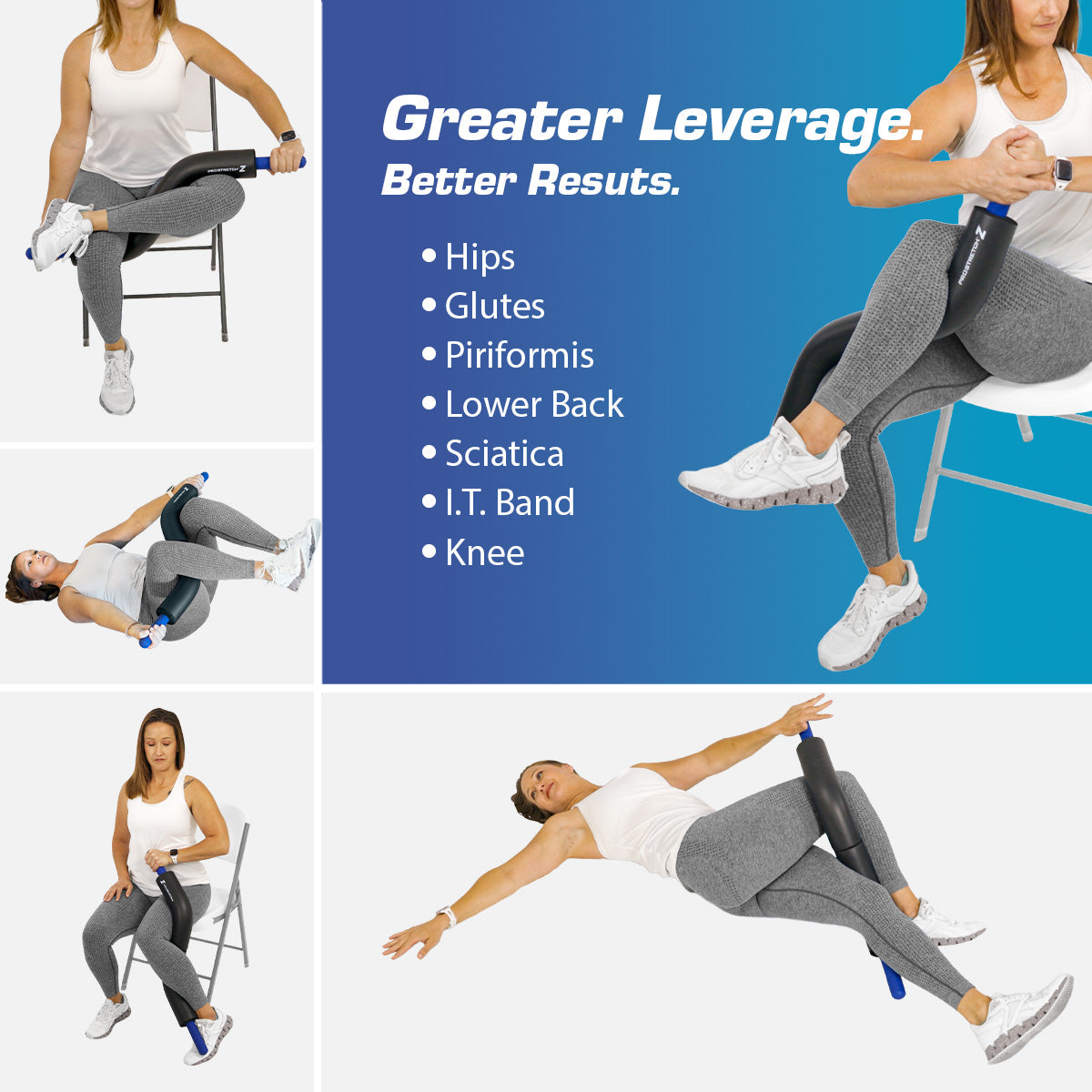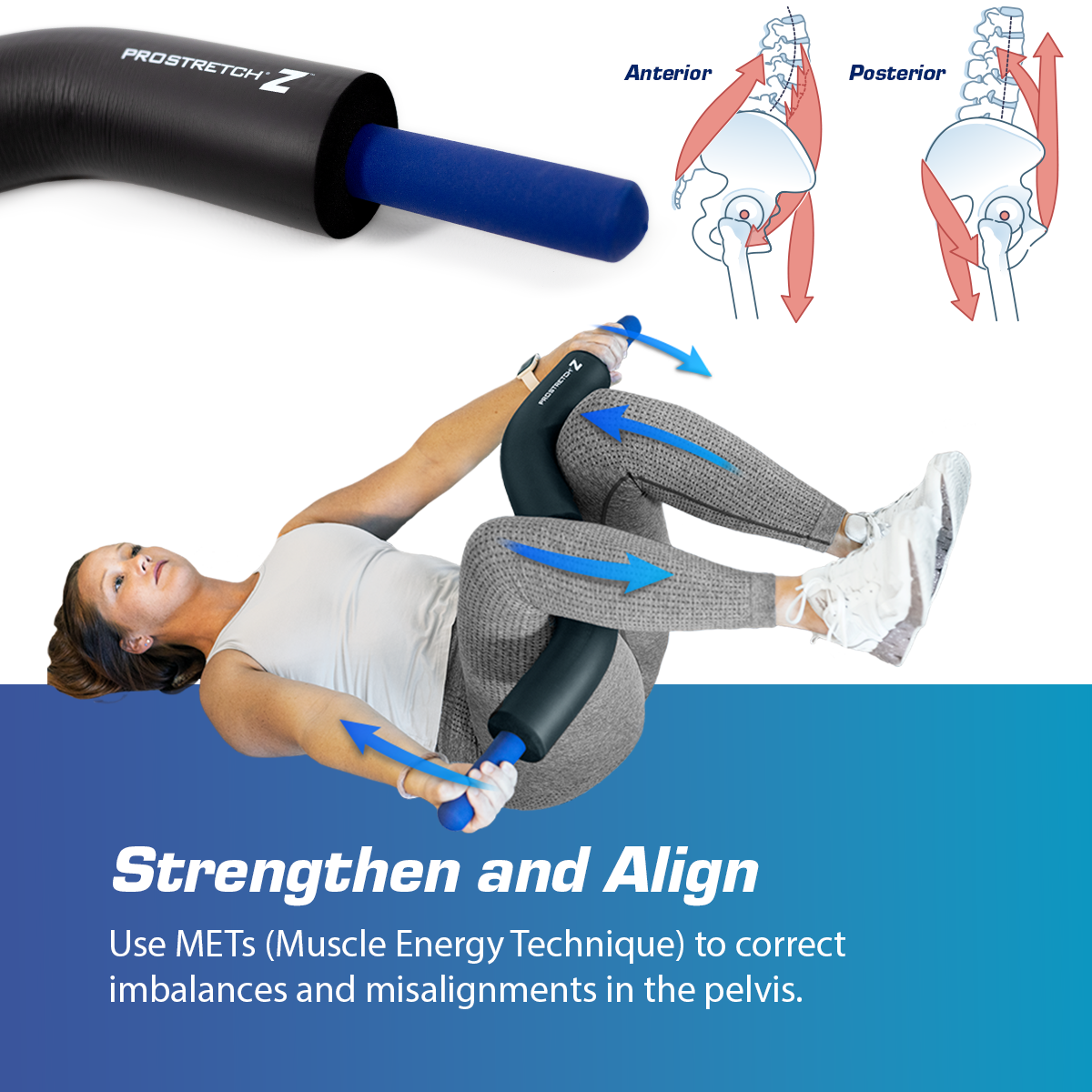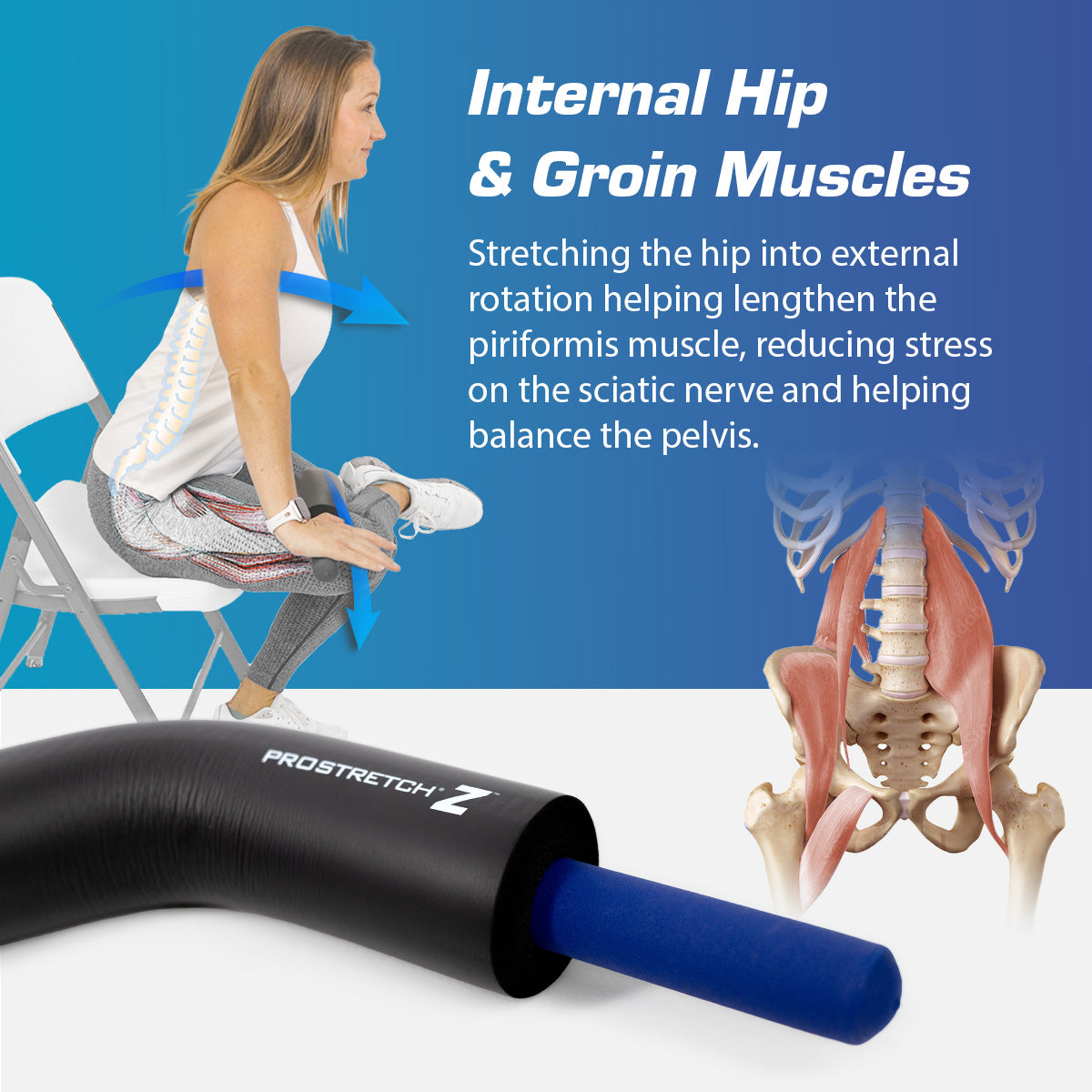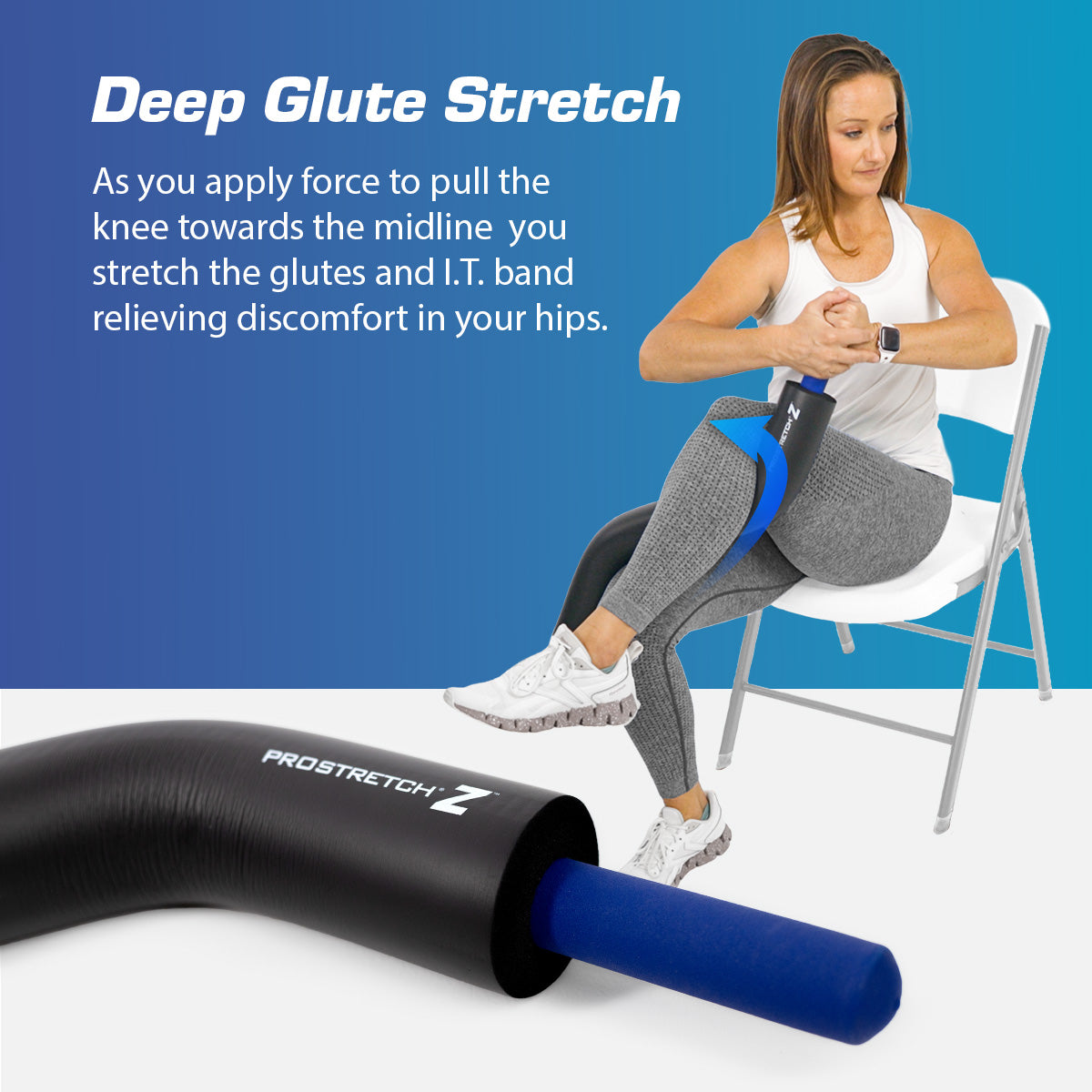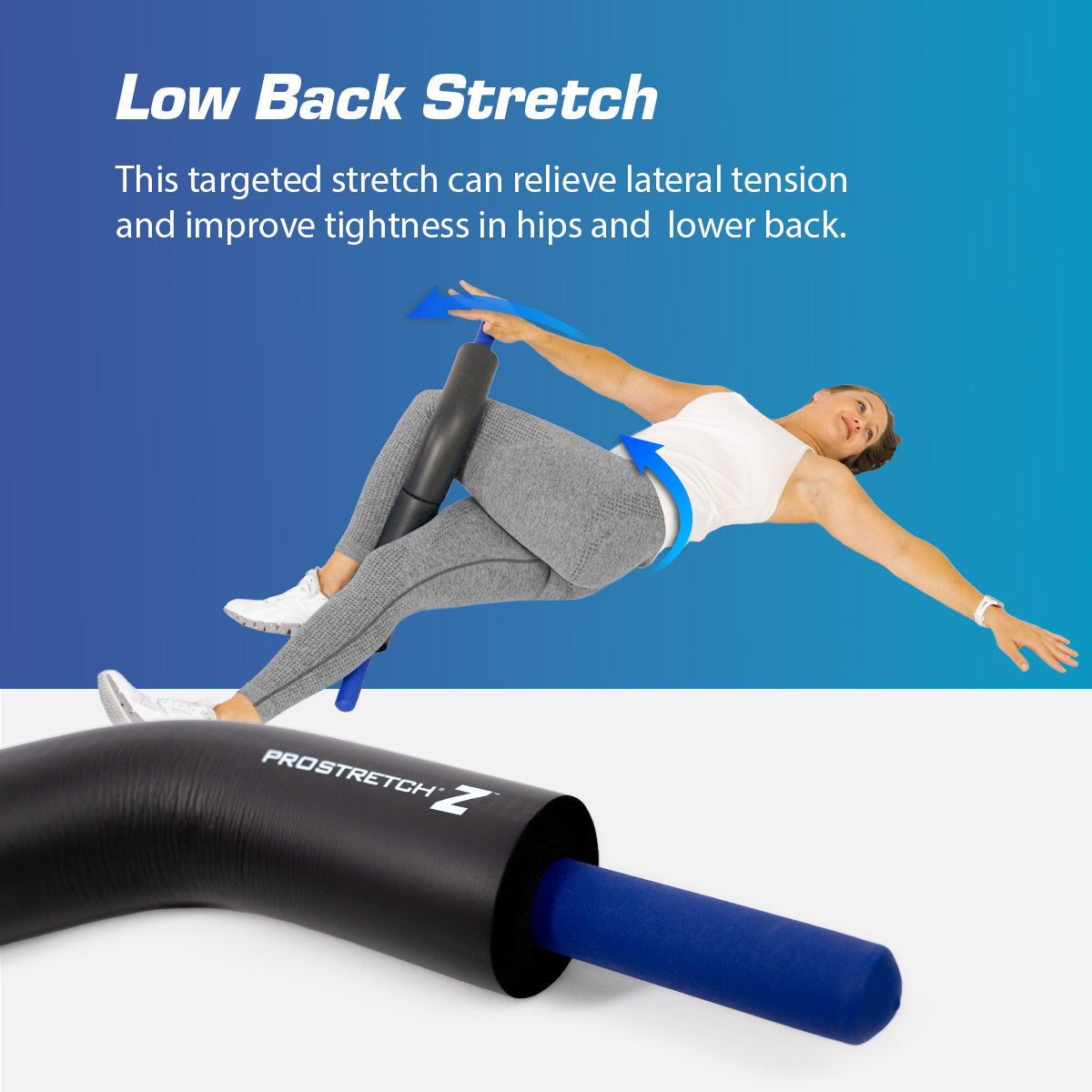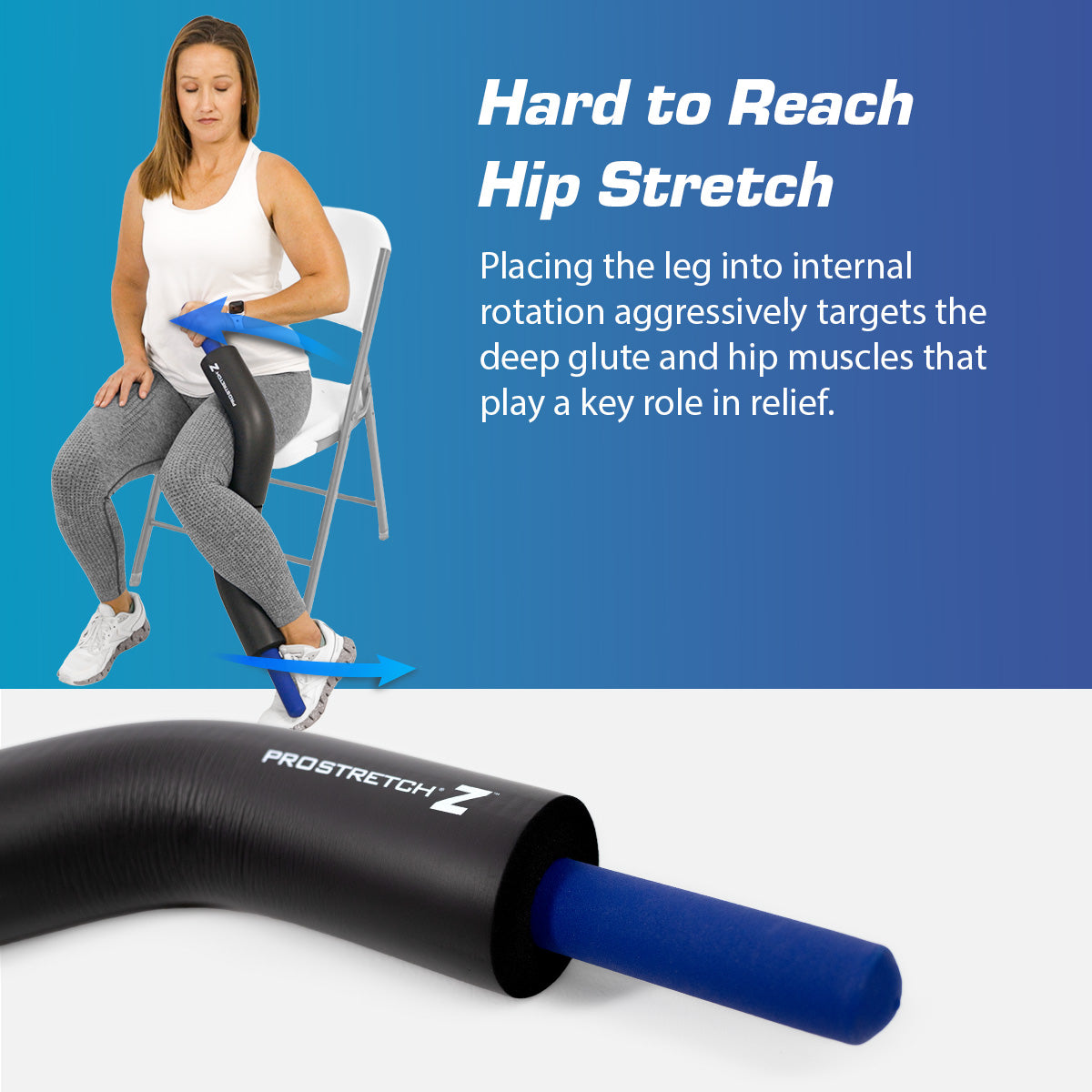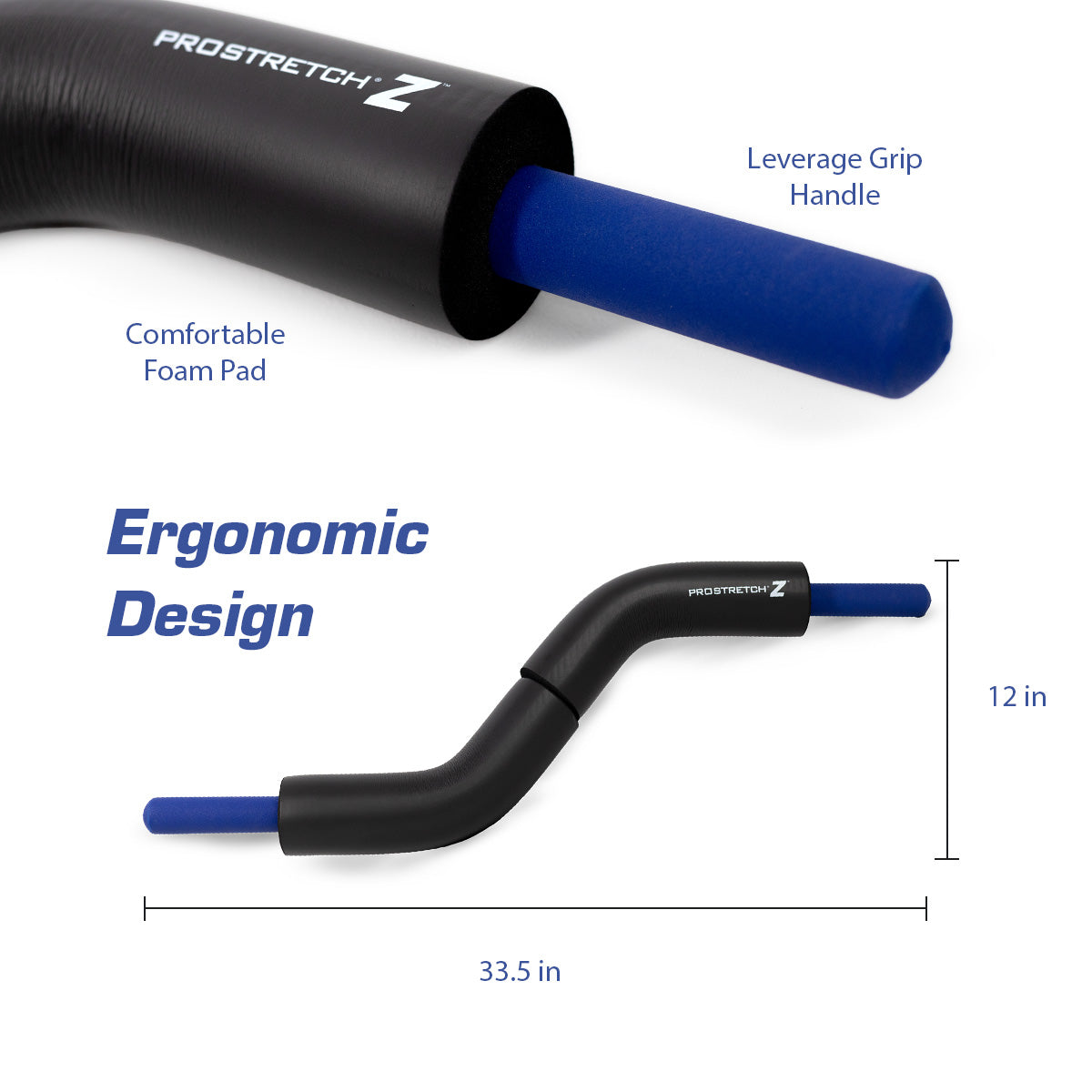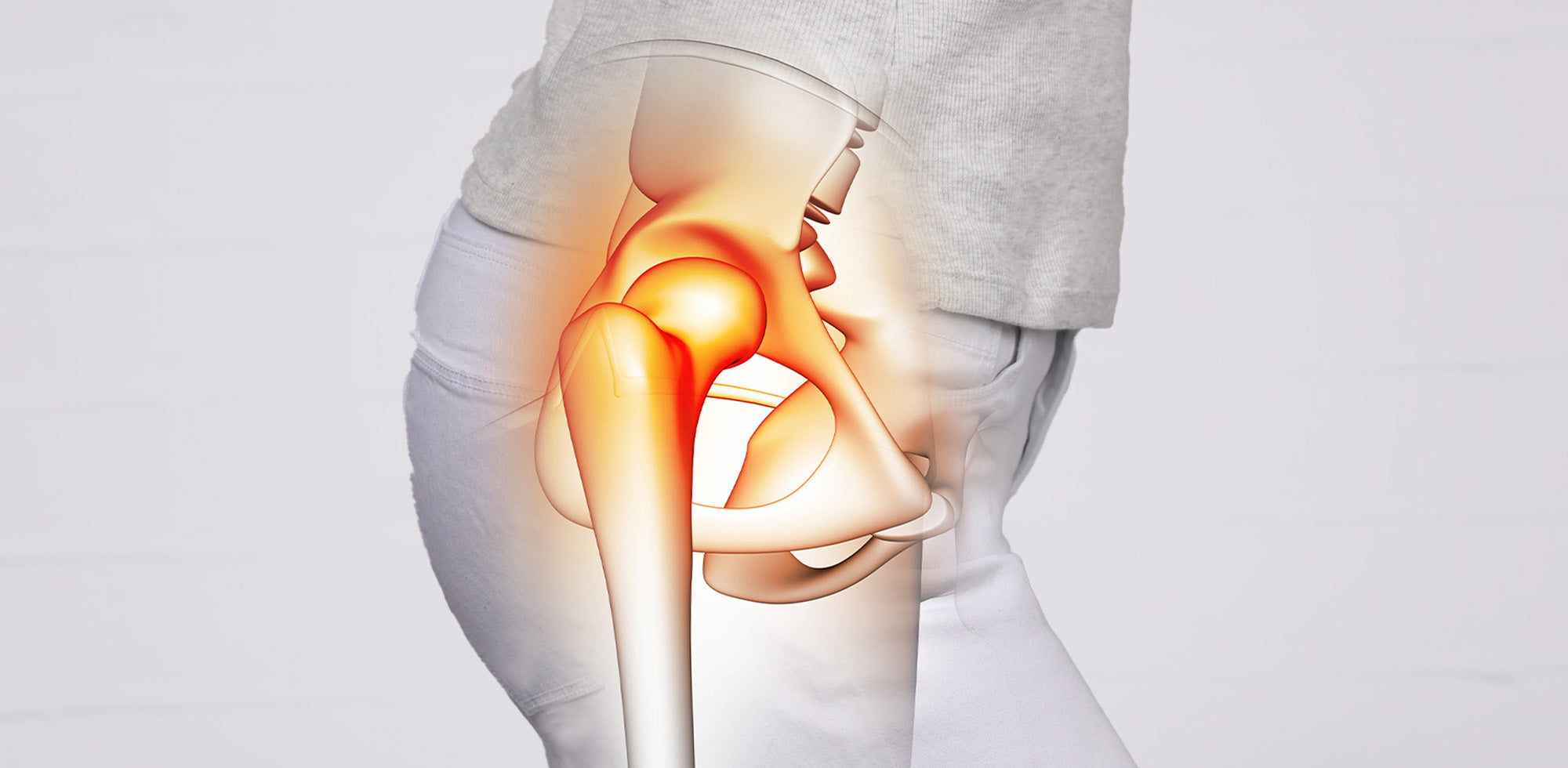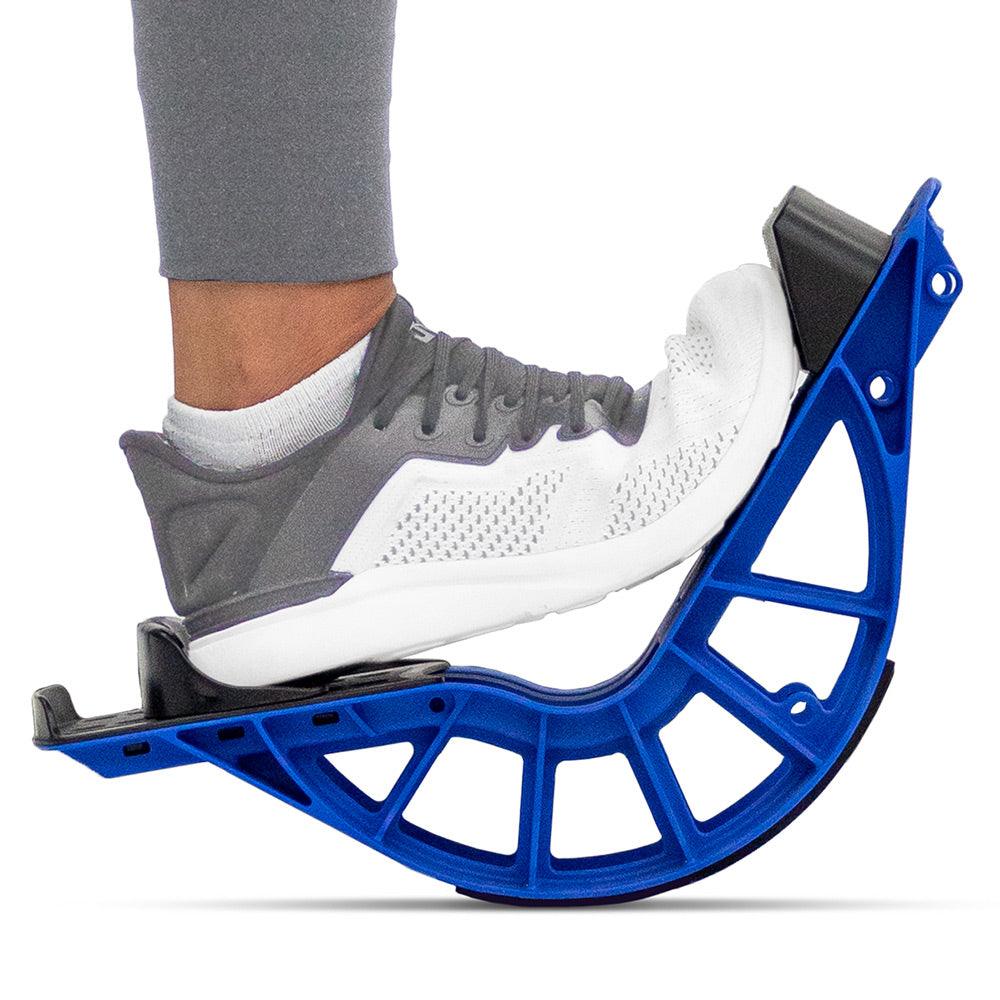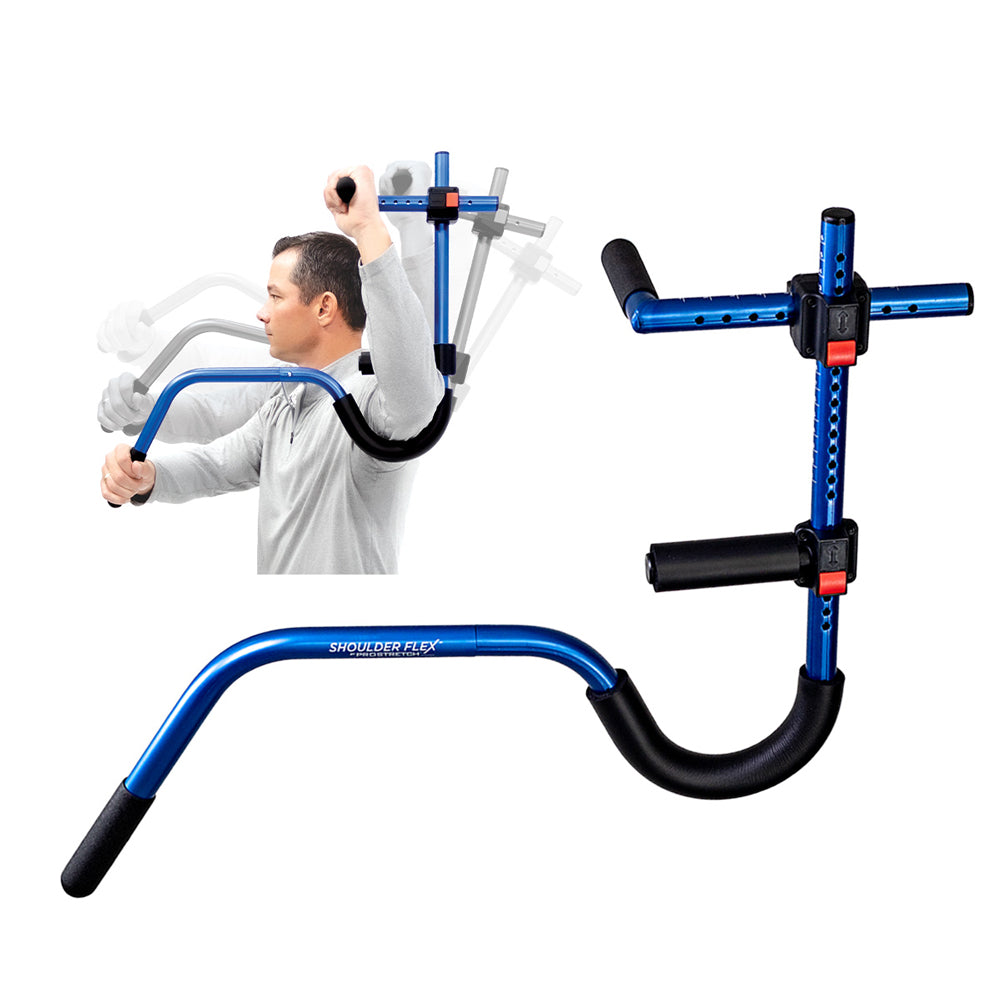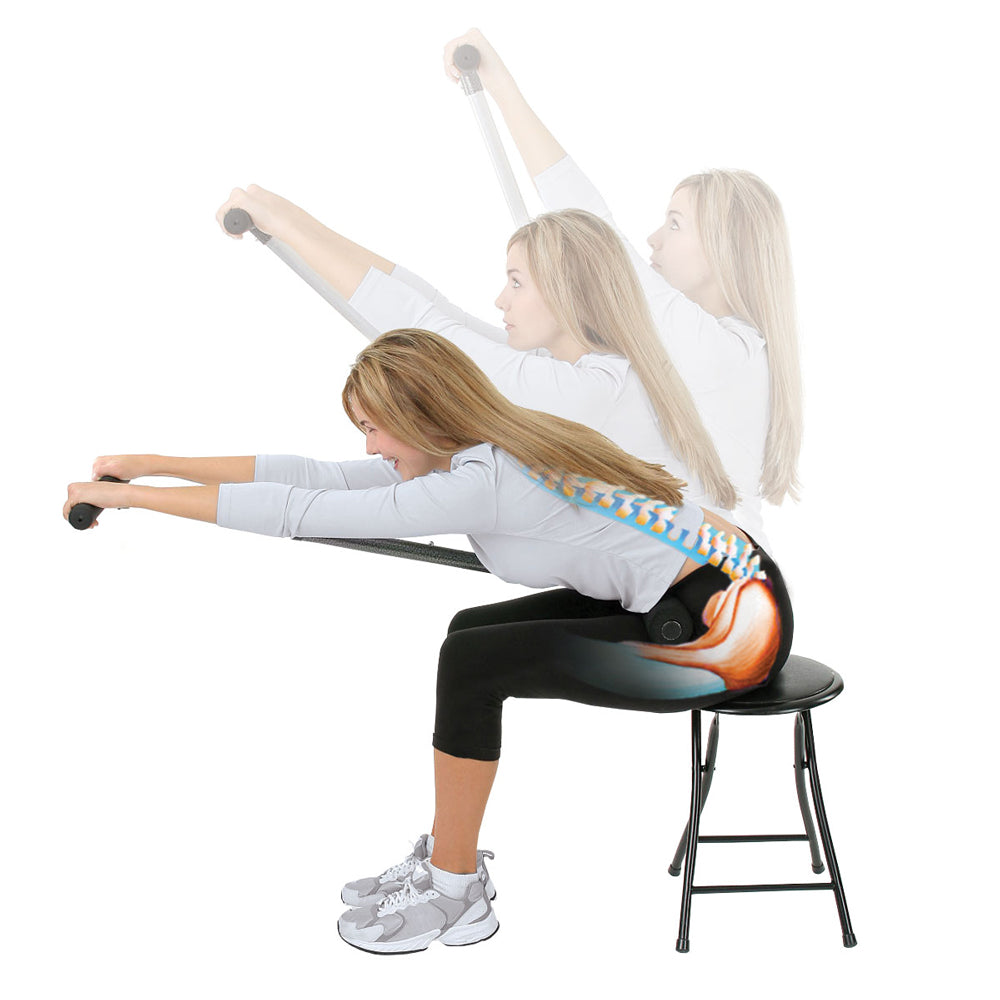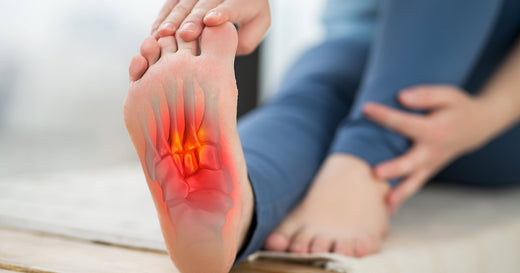Pelvic misalignment occurs when the pelvis is not properly aligned with the spine and lower limbs. This misalignment can cause discomfort, affect posture, and increase the risk of injuries. If left uncorrected, pelvic misalignment may lead to issues in other parts of the body, including the back, hips, knees, and feet.
Table of Contents:
- What Causes Pelvic Misalignment?
- Symptoms of Pelvic Misalignment
- Treatment Options for Pelvic Misalignment
- Preventing Pelvic Misalignment
Causes
What Causes Pelvic Misalignment?
Several factors can contribute to pelvic misalignment, such as:
- Leg Length Discrepancy: Differences in leg length can tilt the pelvis, leading to uneven weight distribution and muscle imbalances.
- Muscle Weakness or Tightness: Tight hip flexors or weakened gluteal muscles can disrupt pelvic alignment.
- Poor Posture: Long-term poor posture while sitting or standing may result in pelvic misalignment.
- Injuries: Trauma from accidents or sports activities can displace the pelvic bones or sacroiliac joints.
- Pregnancy: Hormonal changes and the added weight during pregnancy can affect pelvic alignment.
Symptoms
Symptoms of Pelvic Misalignment
The symptoms of pelvic misalignment vary but often include:
- Persistent lower back pain
- Stiffness or pain in the hips
- Uneven hips or shoulders
- Difficulty standing or walking for extended periods
- Discomfort in the knees or feet
The Role of Leg Length Discrepancy in Pelvic Misalignment
Leg length discrepancy is a common factor in pelvic misalignment. When one leg is shorter than the other, the pelvis tilts toward the shorter side, leading to uneven stress on the muscles, joints, and ligaments. This imbalance can alter your movement patterns and contribute to pain and alignment issues in the spine and hips over time.
Treatments
Treatment Options for Pelvic Misalignment
Realigning the pelvis and alleviating discomfort are key goals of treatment. Common approaches include:
Muscle Energy Techniques (MET)
Muscle energy techniques involve the patient’s active muscle contractions, guided by a healthcare professional, to realign the pelvis. MET helps relax tight muscles and strengthen weaker ones, restoring balance and improving alignment.
Recommended product:
 NEW ProStretch® Z™ ★★★★★ Designed to aid in the stretching and strengthening of the lower back, hips, and pelvis. It focuses on relieving discomfort from conditions like sciatica, Piriformis syndrome, and lower back tightness by enhancing flexibility, correcting muscular imbalances, and facilitating Muscle Energy Techniques (METs) for pelvic alignment. |
Prevention
Preventing Pelvic Misalignment
Taking steps to maintain proper alignment can reduce the risk of pelvic misalignment. Here are some tips:
- Practice good posture throughout the day.
- Incorporate regular exercise to strengthen and stretch essential muscle groups.
- Use proper techniques when lifting to avoid straining your lower back and pelvis.
- Address leg length discrepancies with appropriate interventions.
- Seek professional help if you experience persistent pain or notice uneven hips or shoulders.
Products to Support Pelvic Alignment
Medi-Dyne offers a variety of tools designed to help improve pelvic alignment, relieve discomfort, and enhance mobility. Explore our collection of stretching aids and support devices to find the right fit for your needs.
Start Your Journey to Better Alignment
Pelvic misalignment doesn’t have to limit your daily activities. With effective treatment and preventive care, you can restore balance and improve your quality of life. Check out our resources and products today to take the first step toward better alignment.





